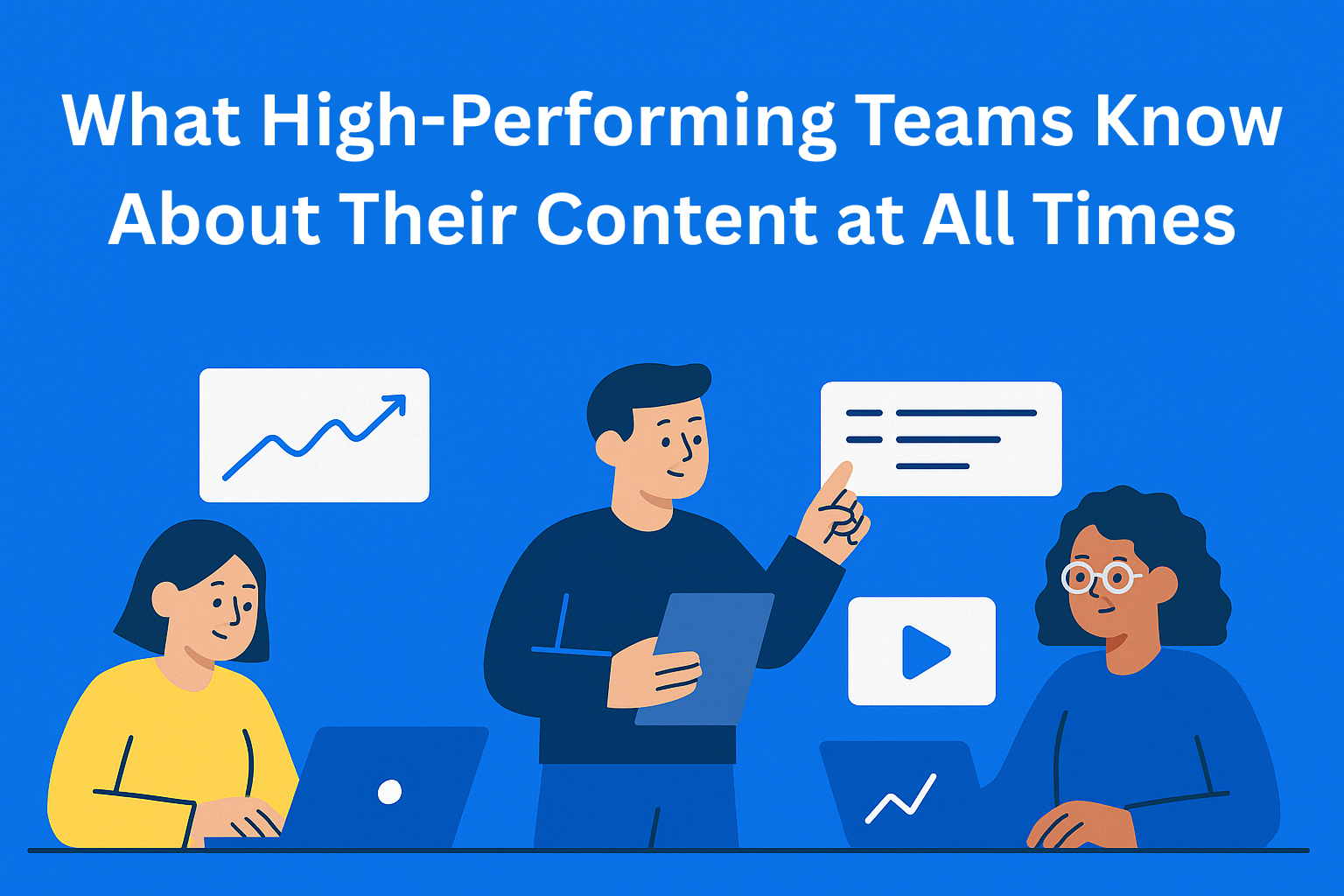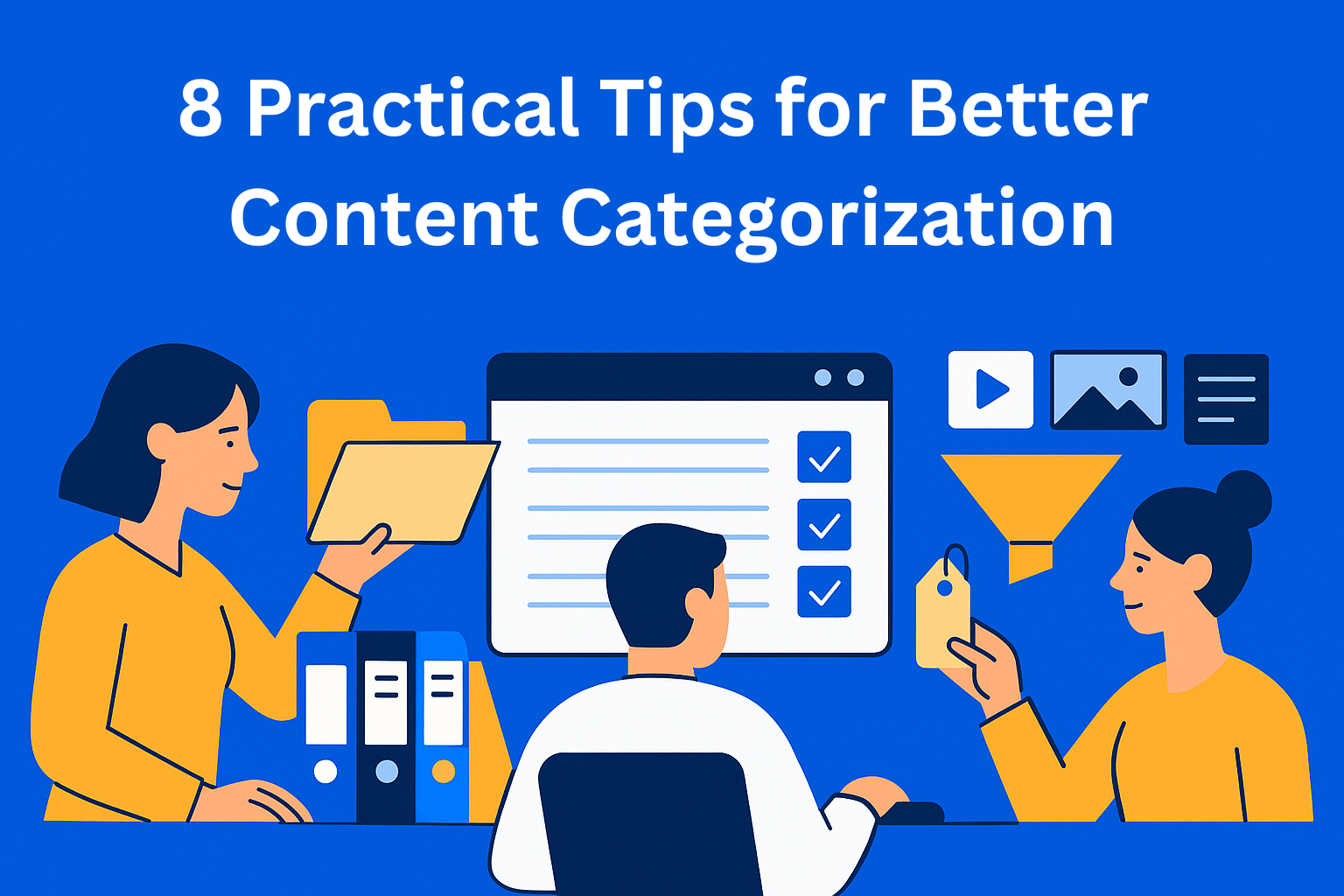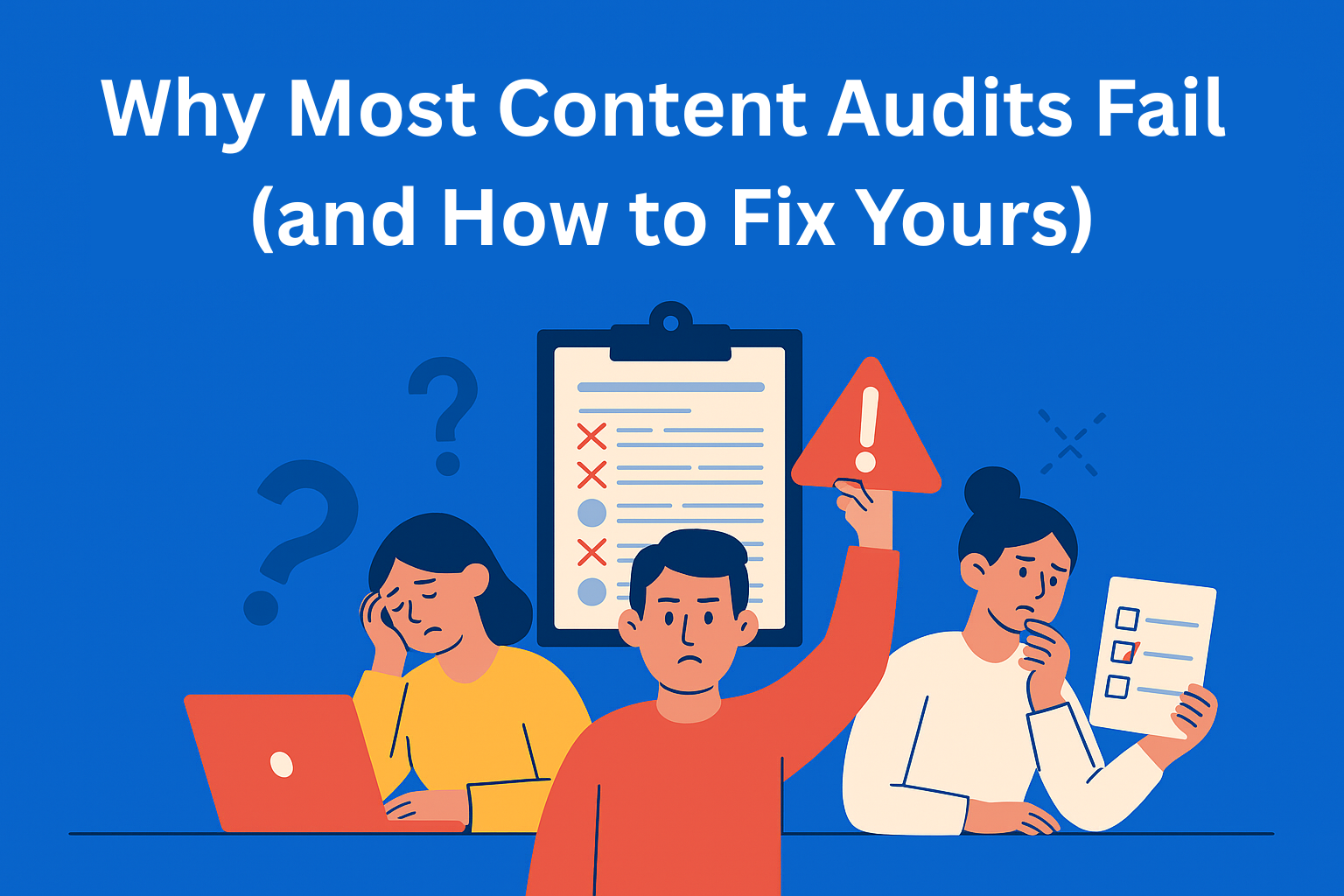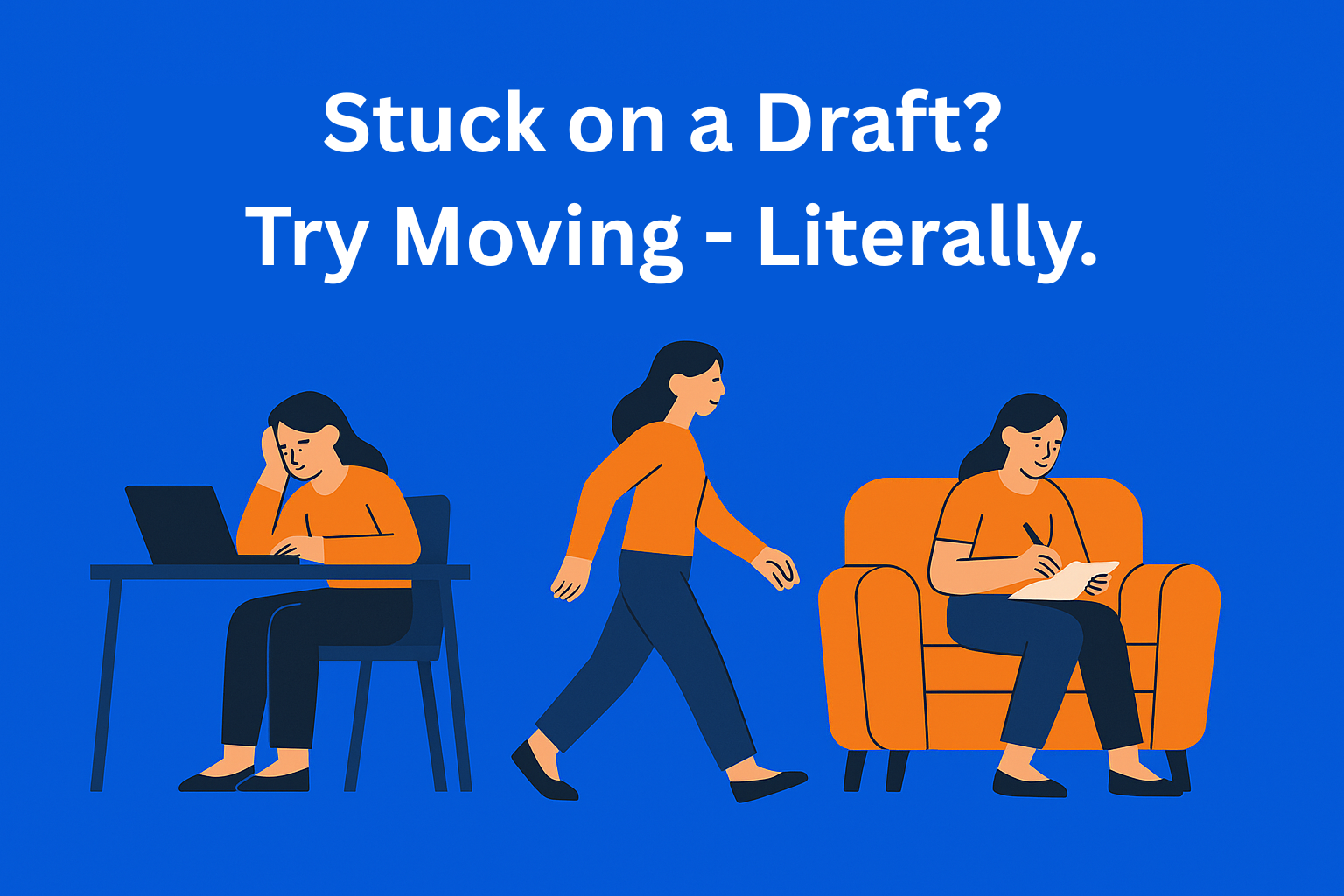From LinkedIn to Blog: Turning Social Posts into Content Gold
LinkedIn is a real-time idea generator. By turning strong posts or unanswered questions from the comments into full articles, you can create blogs driven by audience demand - not guesswork.

We spend hours scrolling LinkedIn (reacting, bookmarking, nodding at some sharp insight someone else posted) then move on to the next thing. But in that scroll, there’s a steady stream of topics your audience is already thinking about. Not hypothetical pain points. Not SEO guesswork. Real conversations, happening in "public".
The trick is learning to turn those micro-ideas into long-form content.
Key Takeaways
- LinkedIn is a live idea generator - treat your feed like a focus group; every post and comment shows what people care about right now.
- You don’t need originality to start - just expansion - go deeper, explain further, or reframe an existing post rather than chasing “new.”
- Comments are where the best blog ideas hide - questions, confusion, and debate signal what your audience wants more of.
- Capture ideas immediately - ideas fade fast; saving them in the moment turns casual browsing into a repeatable content pipeline.
- Workflow makes it repeatable - tools like EasyContent help turn inspiration into action, not just a graveyard of bookmarks.
Why LinkedIn Is a Content Goldmine
LinkedIn is the loudest focus group you’ll ever have access to. Every post, reaction, and heated comment thread is a live feed of what people care about right now.
Instead of sitting in front of a blank page thinking “What should I write about?” - you start with signals:
- What people are reacting to
- Which perspectives get pushback
- Where there’s confusion or curiosity
- What’s trending in your audience’s actual circles
It’s where topics surface - your blog is where those topics evolve.
Turning a Scroll Into a Blog Topic
You don’t need people commenting on your content - you can borrow the energy from someone else’s.
Look for posts that:
- Make a strong claim you can unpack deeper
- Touch on a theme you can teach more thoroughly
- Hint at a bigger idea without diving in
- Spark a conversation you can extend
You’re not copying the post - you’re continuing the dialogue in long form.
Example:
- LinkedIn post: “Most teams don’t need more planning - they need better follow-through.”
- Blog topic: Why execution breaks down and a simple way to fix accountability.
Same premise. Entirely different value.
Mining the Comments for Hidden Topics
Often, the real inspiration is below the post.
Comments expose:
- What people didn’t understand
- Which parts need more proof or detail
- Follow-up questions no one answered
- Frustrations that didn’t fit into a 1,300-character post
If three people say: “This is interesting - can you give an example?”
…you’ve just found a blog outline.
If someone asks: “Okay, but how do you actually do this?”
…that’s a tutorial-style blog waiting to be written.
Making This a Repeatable System
To turn this into a habit, not a lucky moment of inspiration:
- Scroll with intention - treat your feed like research
- Save posts that spark something
- Identify the missing layer (context, examples, steps, nuance)
- Turn that into your blog angle
- Add your voice and experience
That’s how you turn passive feed-scrolling into a publishing pipeline.
Capture It Before You Lose It
You scroll, you think “Oh, that’s a blog for sure”, and then by dinner… you can’t even remember what the post was about.
If you don’t capture the spark immediately, you’re relying on memory - which is where 90% of good content ideas go to die.
A simple habit fixes that:
Save → write → expand later
Whether you use Google Sheets, Notion, or a more structured process in EasyContent, the point is the same:
ideas are only useful once they’re parked somewhere you can return to.
EasyContent is especially handy here because instead of a pile of unprocessed “ideas,” you’re storing them in the same place where they eventually become drafts. One click turns inspiration into an actual content task - ready for later when you have time to develop it.
Conclusion
LinkedIn is where topics emerge - your blog is where they get depth, context, and staying power. When you train yourself to notice not just what was said, but what wasn’t unpacked, every scroll becomes a content source. Whether the spark comes from a bold statement in a post or a question buried in a comment thread, these moments are live indicators of what people actively want to learn more about. Capture them, expand them, and suddenly you’re not guessing what to write - you’re responding to demand in real time.






